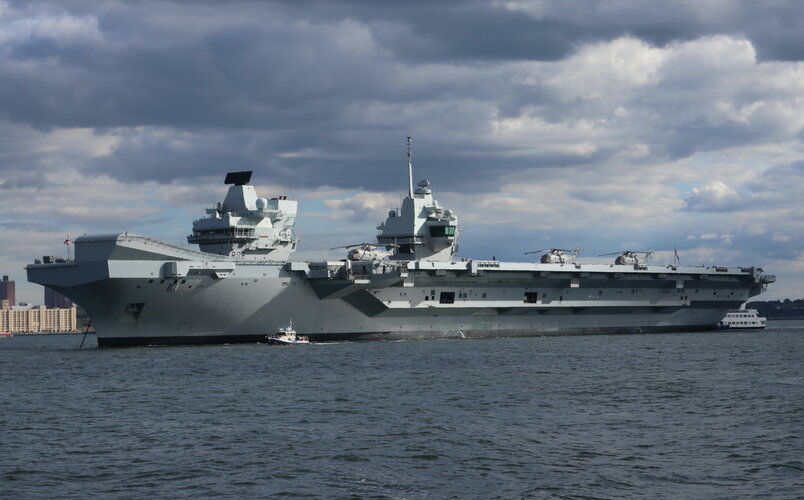I think this is a misunderstanding. Let's look at the numbers. In 1945, the population of Canada (including the Dominion of Newfoundland) was about 12 million. The thriving economy had doubled from 1939 (i.e. the start of WW2) due to Allied demand for Canadian foodstuffs, raw materials, and manufactures. The Royal Canadian Navy, a victor in the crucial Battle of the Atlantic, had the third-largest fleet on Earth (after the USN and RN), much of it home-built, with 90,000 men, yet the Army had enough manpower to land the 1st Division in Sicily, land the 3rd Division on Juno Beach, and push more divisions through the Low Countries in 1944-45 against vicious resistance.
In 2025, Canada's population is about 40 million people, and its economy (GDP) is approximately ten times what it was in 1945, adjusted for inflation. The entire Canadian Forces (navy + army + air force) has about 64,000 active personnel. The (civilian) Canadian Coast Guard has another 6500 or so.
NATO members had agreed in writing eleven years ago to each spend a minimum of 2.0% of GDP on defense. Canada today remains nowhere near that. Canada's annual federal government spending is at record highs—the money is there. But Canadians in aggregate, through their elected representatives, want the money spent on other things. Don't blame the acreage, Scott Kenny, which is the same as it had been eighty years ago. In a free country like Canada, ultimately it's the voting public that is accountable for shirking responsibilities, if that's the case.

